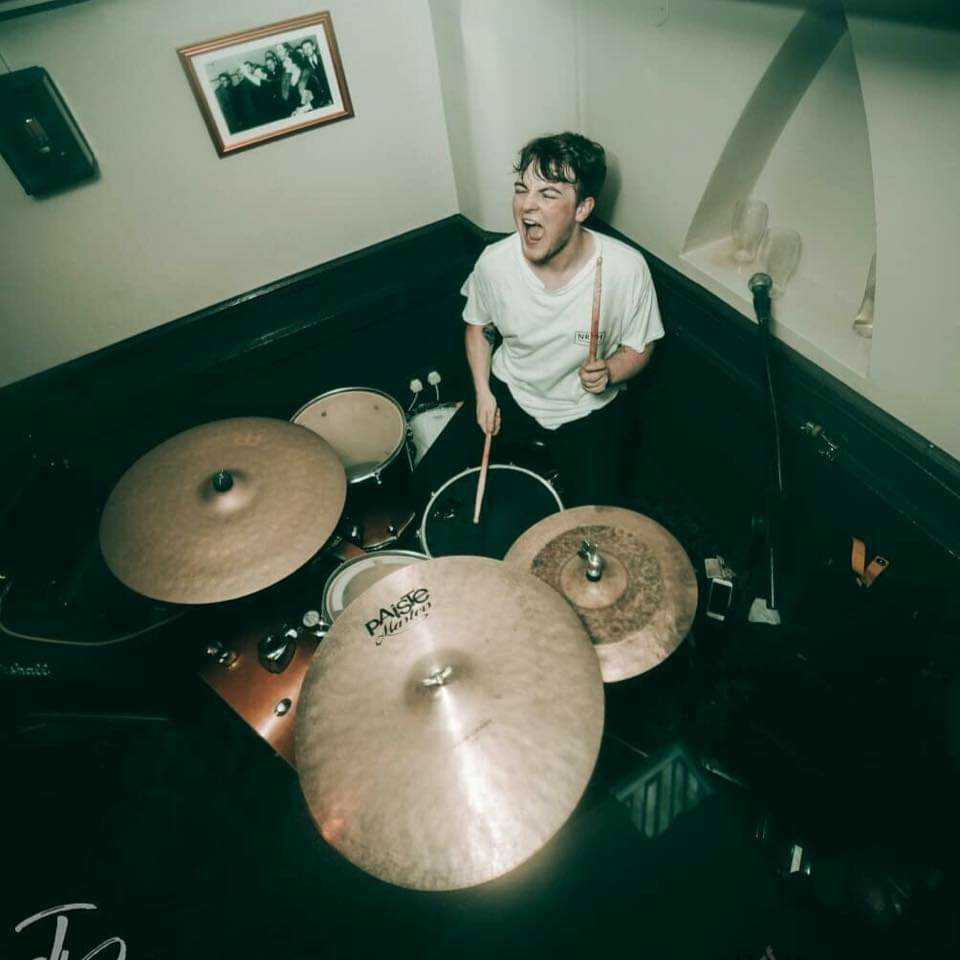Best combo amps 2022: all the tone you’ll ever need in one package
Explore our choice of the very best combos on the market from the biggest brands in the business, including a range of the best combo amps under $500/£500

Choosing the best combo amp for you is nothing short of a gargantuan task. Combos, on the whole, have a certain feel to them that you don’t get from other amp configurations - and when you play the right one, you’ll know exactly what we mean. Everything feels connected, and you, your guitar, and your amp all resonate as one cohesive unit. Sounds a bit fruity, we know - but like many of the feelings we get while playing guitar, it’s hard to explain in words.
Of course, when we speak about combo amps, we mean amps in which the amplifier and the speaker are in the same enclosure. This amp format is perfect for those short on space, or for those who want their entire amp rig in one small box.
When buying any amp, you need an element of foresight - especially if you’re investing big bucks. Does it do everything I want it to do now, and will it do everything I’ll want it to do in the future? That's why we’ve included a range of highly versatile combo amps in this guide.
While some people love the versatility of a head and cab, we feel like combo amps win when it comes to providing a consistent tone. If you’ve ever played in small venues or pubs, you’ll be all too familiar with the palpable tension in the air when greeted with a ratty, half-dead house cab. Combo amps also win in the 'value for money' stakes, as once you've purchased one, you needn't buy any extras. No extortionately priced posh speaker cables, no boutique cabs covered in Unicorn leather or made from reclaimed timber. What you get is what you get - and we quite like that.
We’ve included some in-depth buying advice at the end of this guide, so if you’d like to read more about the best combo amps, click the link. If you’d rather just get to the products, then keep scrolling.
Best combo amps: Our top picks
If you’re on a budget, then we’d suggest either the Line 6 Catalyst 60 or the Harley Benton TUBE15 Celestion. The Catalyst is Line 6’s newest modelling combo amp available right now, and borrows the impressive HX technology from its Helix range to take care of both amp tones and effects. It looks stylish and best of all, it sounds killer. Harley Benton’s TUBE15 Celestion combo amp is, as the name would suggest, a 15 watt all-tube combo amp with a 12” Celestion Seventy speaker onboard. It’s got a simple EQ stage and built-in reverb, as well as power attenuation abilities. For a whiff over £200, you won’t find a better tube amp.
For those with a mid-range budget, our recommendation is the Marshall Origin 50 or the Fender Tone Master Deluxe Reverb. The Origin kicks out 50 pure tube watts of vintage-sounding Marshall tone - and while it sounds like something straight out of the ‘70s, there are some modern features such as an FX loop and power-scaling to drag it kicking and screaming into the 21st Century. Speaking of 21st Century, the Tone Master Deluxe is one of the best examples of why modern amps are just as exciting as old ones. The Tone Master range offers digital recreations of iconic Fender tube amps, but with none of the weight and all of the tone. For purists, it’s probably not the one, but for everyone else who loves that sound and wants to save a bit of money on their amp and on chiropractors bills, you’d be stretched to find anything better for the money.
For those with cash to splash, you can really go wild. Spending up to five figures on a combo amp isn’t an impossible feat - but it’s also something that we don’t feel is at all necessary. The Morgan MVP23 is our favourite high-end pick as it sums up all the things we love to have in a combo amp. It’s 23 watts, so plenty for practice and more than enough for small gigs - but this can also be switched down to 0.25 watts for those bedroom-level tones. It looks beautiful, sounds beautiful, and isn’t actually that expensive when you consider all of the factors.
Best combo amps: Product guide & reviews
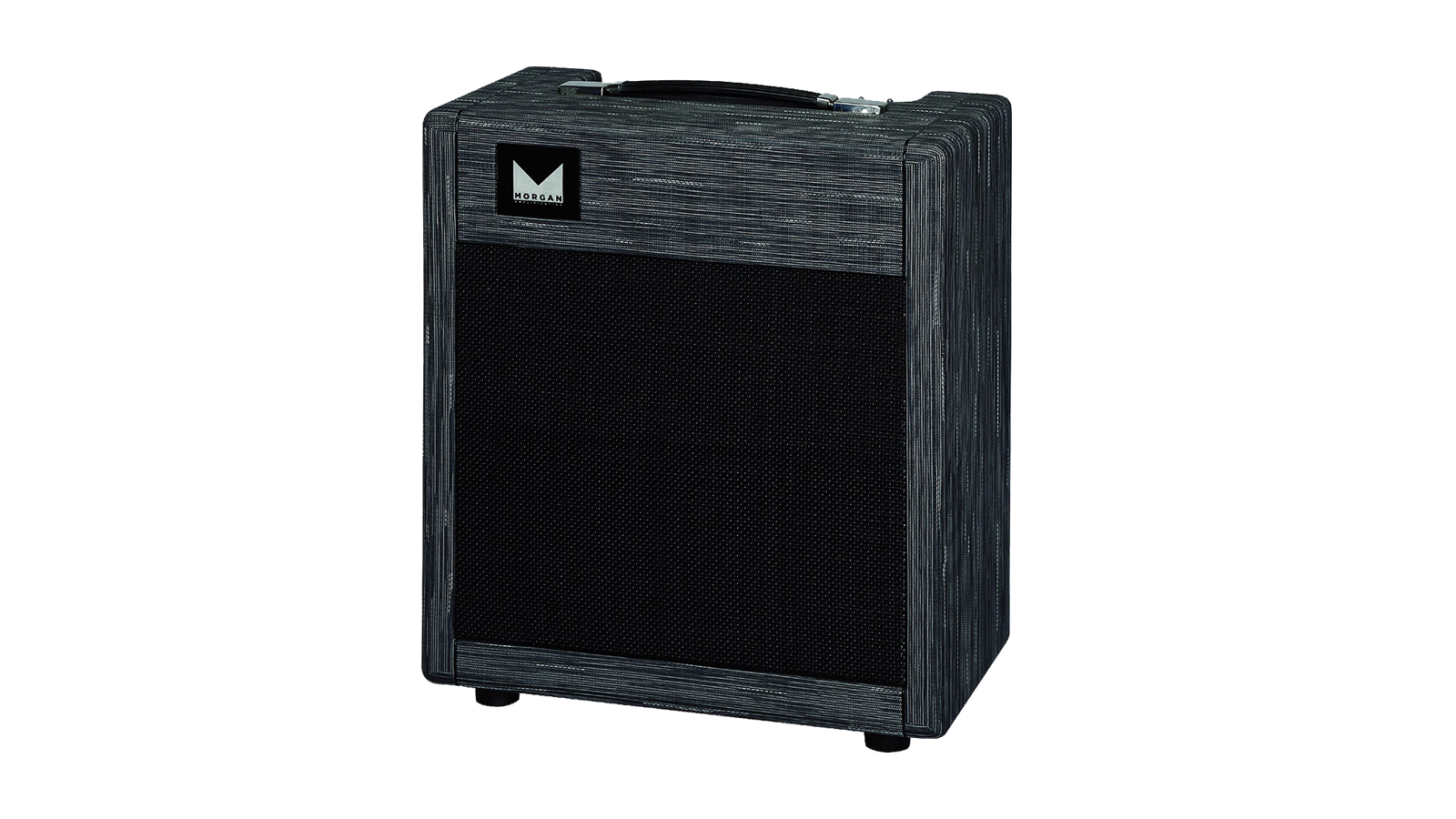
1. Morgan MVP23
Our expert review:
Specifications
Reasons to buy
Reasons to avoid
Made in the USA by a team of talented amp-builders, Morgan Amps isn’t exactly a household name when it comes to the best guitar amps - but it should be. With players such as Tosin Abasi, Josh Smith and Hunter Hayes all swearing by its amps, the word is finally being spread far and wide that Morgan Amps is a force to be reckoned with - and the MVP23 combo delivers that word exceptionally well.
The MVP23 is described by Morgan as ‘the perfect combination of classic American cleans and smooth British overdrive’, and honestly, we’d have to agree. With a pair of 12AX7s in the preamp section and two EL84s in the poweramp stage, the tube pairing is not only balanced and warm sounding, but also produces an almighty snarl when pushed closer to the limit. Of course, pushing any tube amp to the limit without an attenuator is ear-busting work - but with Morgan’s ‘power’ dial onboard, you can take this amp anywhere from 0.25W to its full 23W with total ease and choose exactly the amount of power you want.
Of course, with this being a combo amp, the onboard speaker is also a hugely important part of the tonal puzzle. Thankfully, Morgan has opted for a 12” Celestion G12H75 Creamback - which, in our opinion, is one of the best sounding guitar speakers of all time. All of the brightness, mid-range and bass you’ll ever need, you’ll get from this speaker. The enclosure itself is made of a Baltic birch ply, which will deliver huge amounts of resonance and life to your tone. We’d have liked one more channel, to be honest - but if you can make a single-channel amp as versatile as this one? Well, it ain’t broke, so don’t fix it.

2. Fender Tone Master Deluxe Reverb
Our expert review:
Specifications
Reasons to buy
Reasons to avoid
Fender’s Tone Master range has caused quite a stir in the world of guitar amps. We must admit, when we heard about lightweight, cheaper reissues of the iconic Deluxe, Twin and Super Reverb amps, we did get quite excited. All three of those combo amps are ones we’d recommend to anyone and everyone. Hearing then, that these new reissues would be fully digital (yes - that means no tubes) did make us need to sit down for a bit… and play them a whole bunch.
Thankfully, if anyone’s qualified to digitally recreate the sound of a blackface Deluxe Reverb, it’s Fender - and they’ve done an exceptional job. Using a huge amount of processing power, the Tone Master Deluxe faithfully emulates the tone of an all-valve Deluxe. All of the tonal clarity, punch and sparkle you’d expect from a Fender amp is still there, and with the pine cabinet being the exact same spec as the all-tube version, there’s plenty of room-filling resonance too.
To make the Tone Master Deluxe even more versatile, Fender has included a built-in attenuator for those occasions where you need to bring it down to a more suitable volume level. The rear panel also contains a balanced line out with cab simulations, which makes this amp perfect for quiet or silent recording, or for playing smaller gigs where amp micing isn’t doable. Yes there’s no tubes - but if it sounds this good without them, then that’s fine with us.
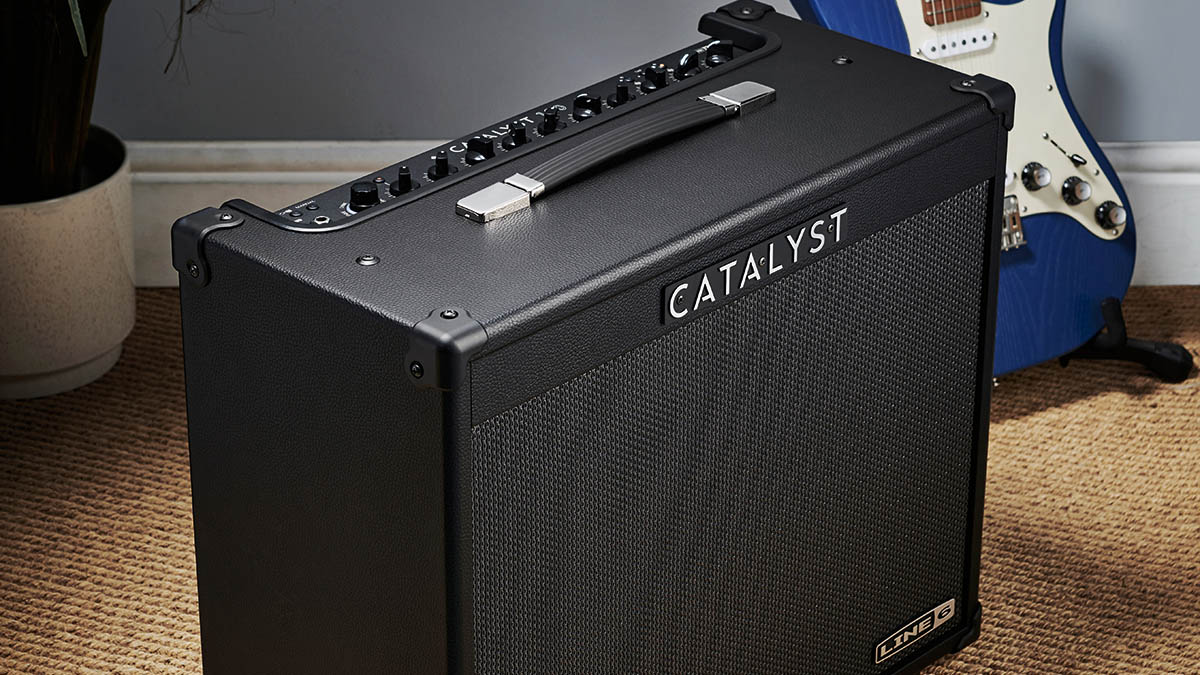
3. Line 6 Catalyst 60
Our expert review:
Specifications
Reasons to buy
Reasons to avoid
Line 6 is one of the guitar world’s biggest names when it comes to amp and effect modelling. It’s most famous for the Helix and HX floorboards, as well as the Spider and POD amplifiers. So, another offering which combines them all - for not much money - is very welcome indeed.
The Catalyst 60 is a 1x 12” combo amp, and delivers a player with a more simplistic, amp-like approach to modelling amps. While most modelling amps tend to confuse users with screens, menus and extra features, the Catalyst 60 is simple, straightforward, and sounds great. Speaking of sounding great, the amp and effect sounds are provided by the HX technology you’d find in the Helix range - and with six different amp types and 18 types of effects, there’s plenty on offer here. The value for money is incredible, all considered.
If we were recommending a 60W tube amp, we’d also be recommending some stronger windows, earplugs and making friends with your neighbours - but as there are no tubes in the Catalyst 60, your tones will stay identical, regardless of the volume you play at. This makes the amp incredibly consistent should you choose to gig it, practice with it or just play in your bedroom - and consistency is one of the combo amp's main selling points. While some of the drive tones can sound a little over-compressed at times, on the whole we can’t complain. This amp is dressed to the nines with features, tones, effects and more. So, if that’s what you need, you shouldn’t need to look any further.
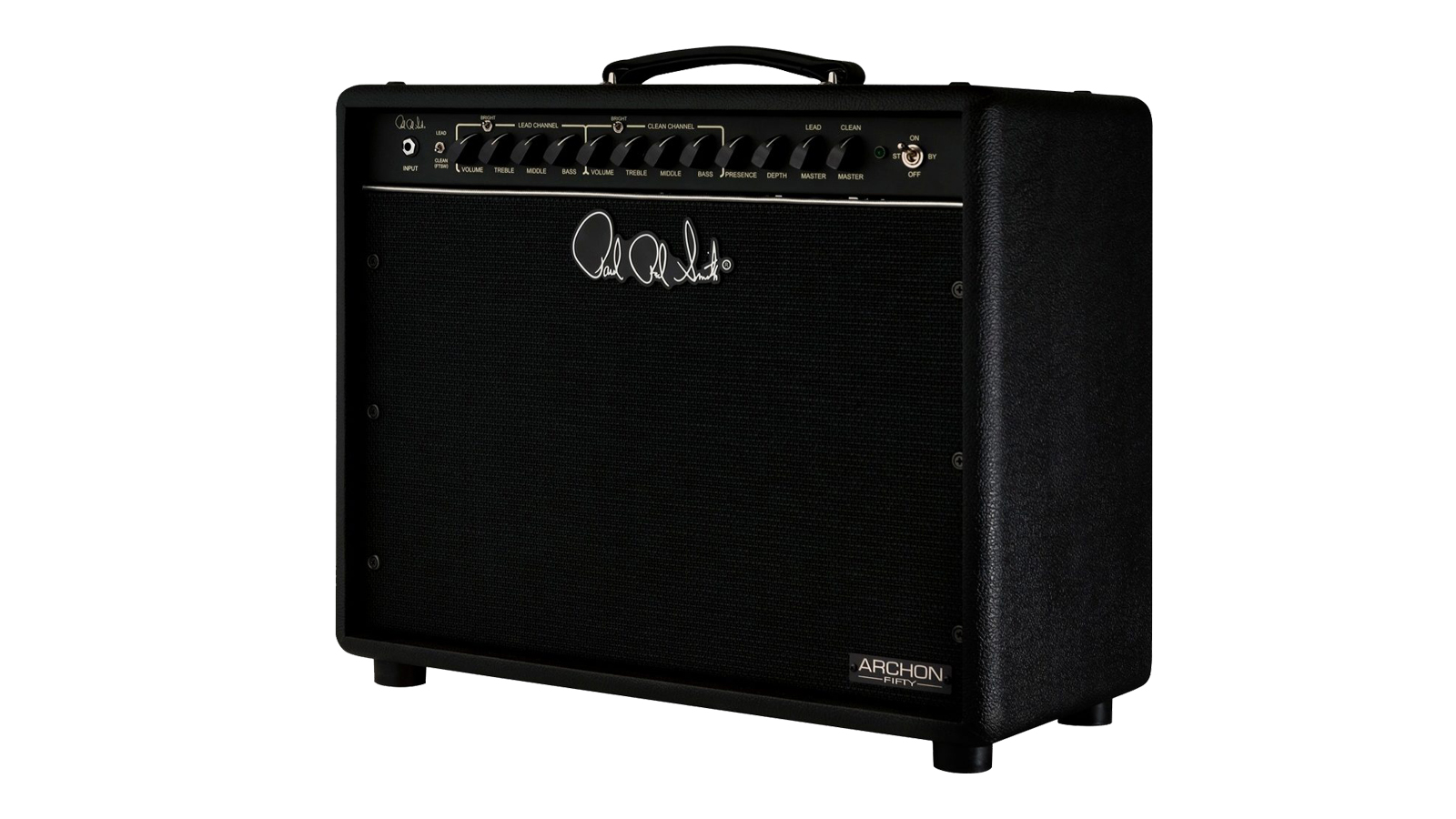
4. PRS Archon 50 Combo
Our expert review:
Specifications
Reasons to buy
Reasons to avoid
While the original Archon that came out in 2014 was lauded as an all-out metal amp head, the new 50W combo offers a raft of exceptional cleans to go with the high-clarity, high-output drive tone it does so well. Said clean tones have actually garnered support from some of the biggest country players in the business, thanks to the huge levels of headroom and pronounced top-end the Archon produces.
The exceptional headroom that 50 tube watts kicks out, as you’d expect, also makes this amp a stunning pedal platform. It’ll handle virtually anything you want to throw at it, through the front or the FX loop - but honestly, we’d rather make use of the five (yes, five) gain stages that this amp has. That’s not five channels, mind - but five separate levels of gain before the power amp to help your playing shine.
50 watts is a lot of power - and is a bit much for most scenarios - but having too much power is always better than not having enough. At least it is in our eyes. In the Archon, you have an amp which is scarily versatile - and to be fair, we expected it to cost a lot more than it does. If you fancy straying from the big amp brands, then this might be the way to go.
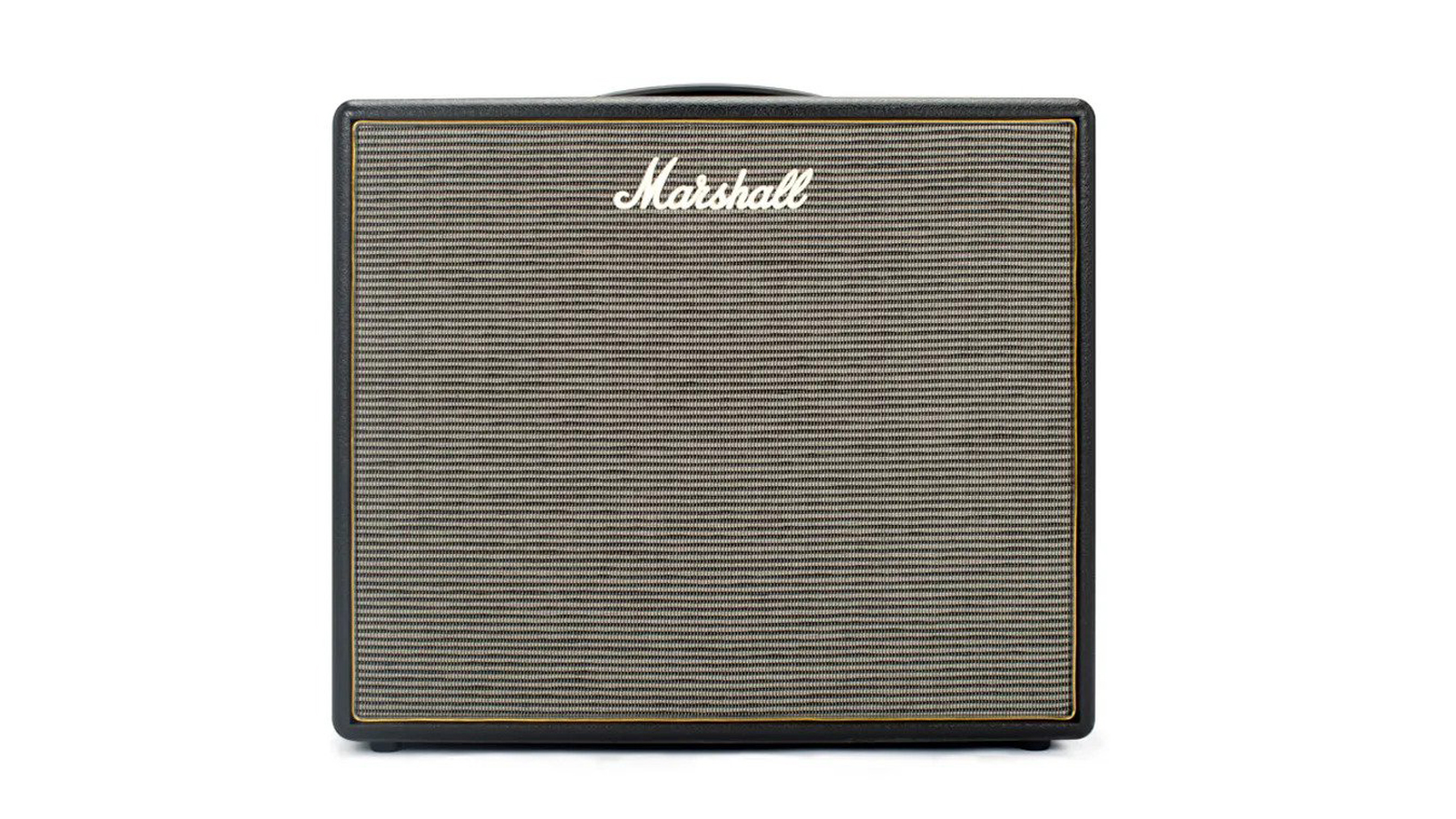
5. Marshall Origin 50C
Our expert review:
Specifications
Reasons to buy
Reasons to avoid
Marshall is probably the biggest name in amp manufacturing. Its reputation precedes it - and while that reputation is well-earned, it does bring some undue stress and pressure upon the folks at Marshall to produce killer amps, time after time. The Origin series, in our opinion, is proof that Marshall is more than capable of doing just that.
The Origin series was designed to give Marshall purists that tone without having to sacrifice some of the more modern touches that make our guitar playing lives much easier. These additions include power switching, an FX loop and an emulated output - all of which are highly useful and helpful in the age of modern guitar playing. 50 tube watts is very loud indeed, and without a huge venue you’ll rarely get the chance to fully turn this amp up - but that’s where the power switching comes in. Mid power mode sees the wattage dropped to about 10 watts, and low power mode sees it dip to around 5 watts - so those organic gain tones are as achievable at low volumes as they are at high volumes.
If you’re a pedal user, then this Origin series amp is the one to choose. 50 watts and an FX loop delivers a raft of clean headroom and clean signal in which any pedal will react well. It’s worth noting that the FX loop is a bit quiet compared to the regular signal - but ‘50s and ‘60s Marshalls were never particularly known for their FX loops, I suppose. It’s not unworkable - but we’d suggest you just crank one of these amps as loud as you can.

6. Vox AC-30 C2
Our expert review:
Specifications
Reasons to buy
Reasons to avoid
The Vox AC-30 really is an icon in the guitar world. Having been used and adored by guitarists such as Brian May, The Edge and even The Beatles, some might say that it’s one of the most influential amps of all time - and they wouldn’t be wrong. It’s not often these days that a guitar amp does completely its own thing, but that’s exactly what happened with the AC-30.
This version - the AC-30 C2 - is a true beast. It’s a 2x 12” combo, packed with a pretty vast collection of ECC83 and EL84 tubes and two Celestion Greenback speakers - and the resulting tone is nothing short of spectacular. Stunningly mid-focused, individual, and totally brilliant. The pronounced mid-range of the AC-30 C2, especially when cranked, is something you just can’t get from other British amps, and the clean tones are also to die for once you back off the volume controls ever so slightly.
So much mid-range can get harsh at times though, and that’s where the reverb and tremolo come in, as well as the high and low inputs on the Normal and Top Boost channels. There’s something so infinitely tasteful about amp-style tremolo, and when introduced into the tone of the AC-30 C2, it’s able to produce a feeling which is full of sweet, smooth vibe. Dial in some classic reverb with that too, and you’re on to a true winner. 30 tube watts is more than enough for many guitarists in most musical settings, however, and you might need to use a drive pedal here to break things up a little sooner. Using the high input on the Top Boost channel, while upping the gain levels a bit, will only do so much. Something to consider.
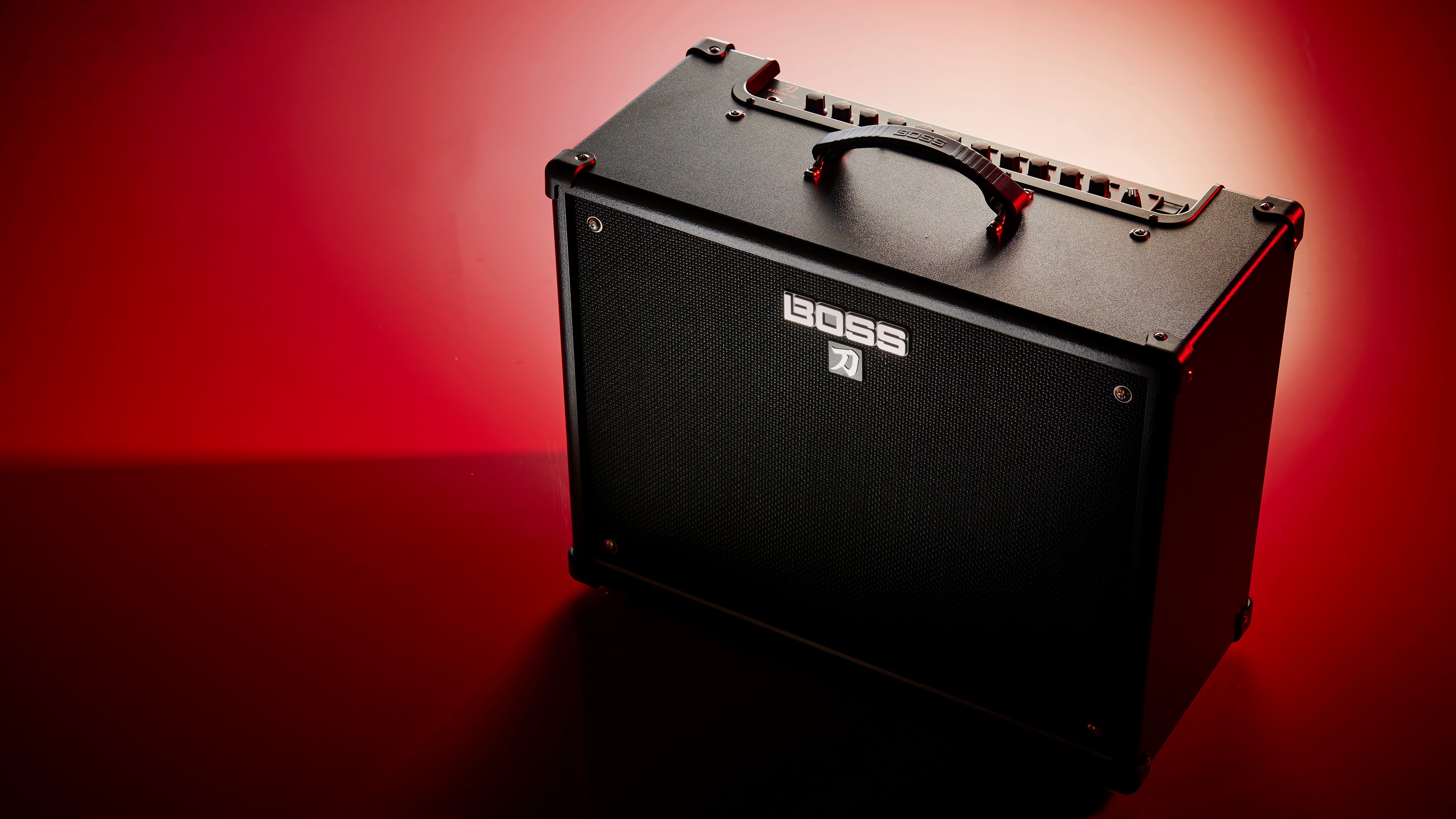
7. Boss Katana-100 MKII
Our expert review:
Specifications
Reasons to buy
Reasons to avoid
Boss is one of the very biggest names in guitar-related tech. Whether it’s the iconic metal stompboxes, the multi-effects and amp modelling units, cable kits or pedalboards, Boss’ name is one that brings joy and - in most cases - relief. The consistency of Boss products is second-to-none - both in the build quality and the tones achievable. As the Boss Katana series is world-renowned for being able to do pretty much anything you could expect from a guitar amp - and sound great while doing that thing - without skipping a beat, we’d say that the Katana reinforces Boss’ great reputation with aplomb.
The Katana-100 MKII features five onboard amps which cover a vast range of musical scenarios. Clean, Crunch, Lead, Acoustic and Brown amp models enable any player to craft a tone which is inspiring, without being complex and plastered with effects. Obviously, if that’s your thing, then the Katana can do that too - with a raft of brilliant effect models onboard also.
The single 12” custom speaker can really shift some air - and with this model of Katana being 100 watts, it’d need to. It’s more than enough power for any gig, rehearsal or jam session you may find yourself part of, but it’s not all burst eardrums and broken windows. There’s an onboard attenuator, which delivers power-switching capabilities down to either 50W - which is enough for most small gigs, and 0.5W - perfect for bedroom shredding.
Read the full Boss Katana 100/212 review
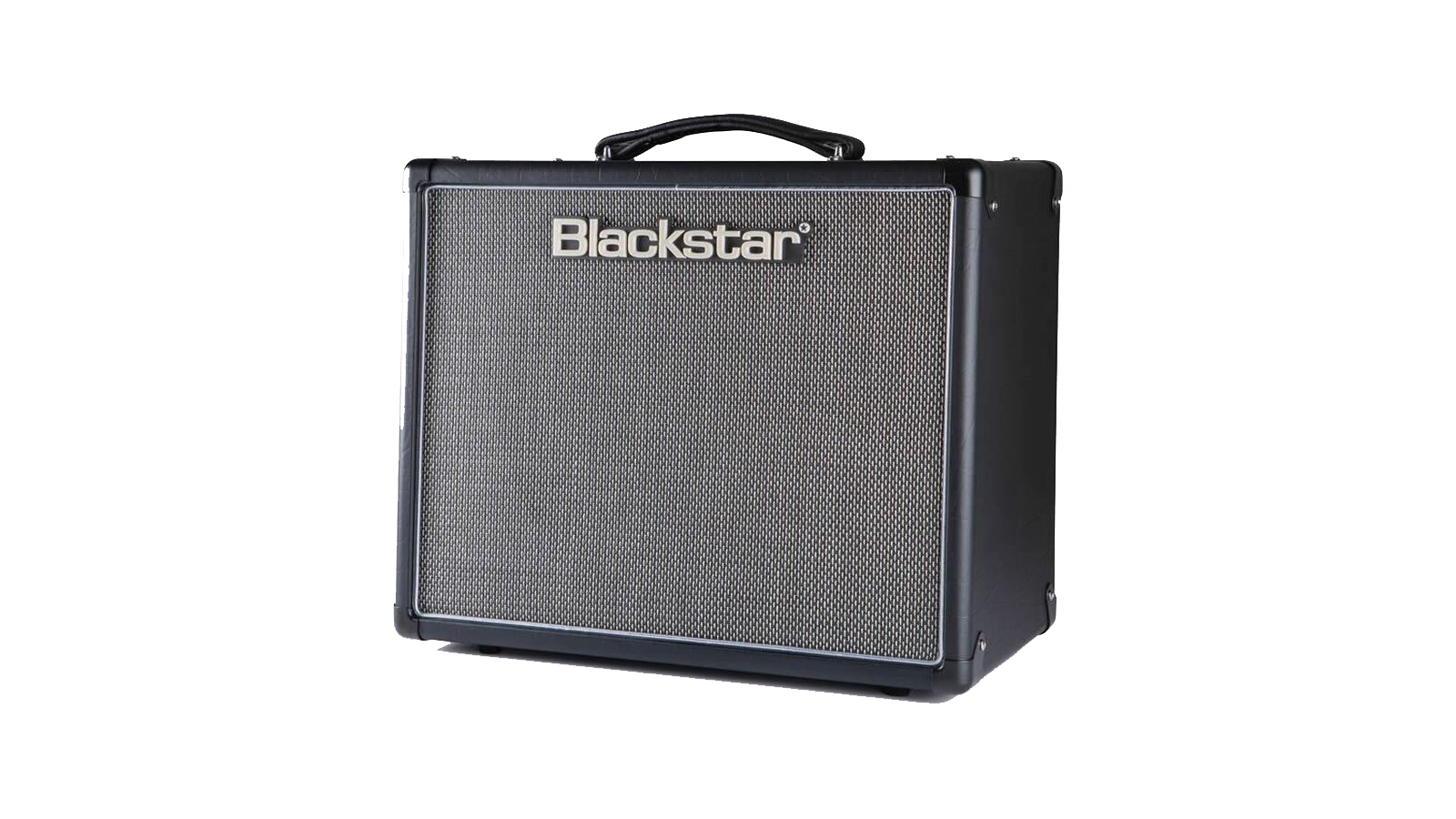
8. Blackstar HT5R MKII
Our expert review:
Specifications
Reasons to buy
Reasons to avoid
We’re going to come straight out with it. We love Blackstar amps. We’ve owned many, and even bought one or two back after regretting selling them. This amp manufacturer who once sat on the fringe of the industry is now firmly at the heart of it - and even though it’s not got the legacy or history of certain other British amp manufacturers, its amps certainly sound like they do. In terms of combo amps, there’s a fair few to choose from - but the HT5R MKII is a distinct favourite of ours.
If all you need an amp for is lone practice, then we’d probably say that you’ve found your new amp right here. The HT5R MKII is simple, with one clean channel, one dirty channel, and some tasteful reverb making up the complement of features. Each channel has a ‘voice’ switch, which accentuates some mid and high-mid frequencies for a slight boost, and with Blackstar’s patented I.S.F technology enabling our drive tones to span the Atlantic - or at least Blackstar’s version of the Atlantic - this 5 watt tube amp is surprisingly capable.
For the home player, there’s USB and emulated outputs for easy recording - and you can even use the emulated output in a live situation to recreate either a 1x12” or 4x12” cab. During testing, we did feel like the small cabinet strangles the resonance and overall tone - which is still quite thick and rich-sounding - but as the HT5R MKII is intended to be small and portable, we suppose we can’t have our 5 watt cake and eat it too.
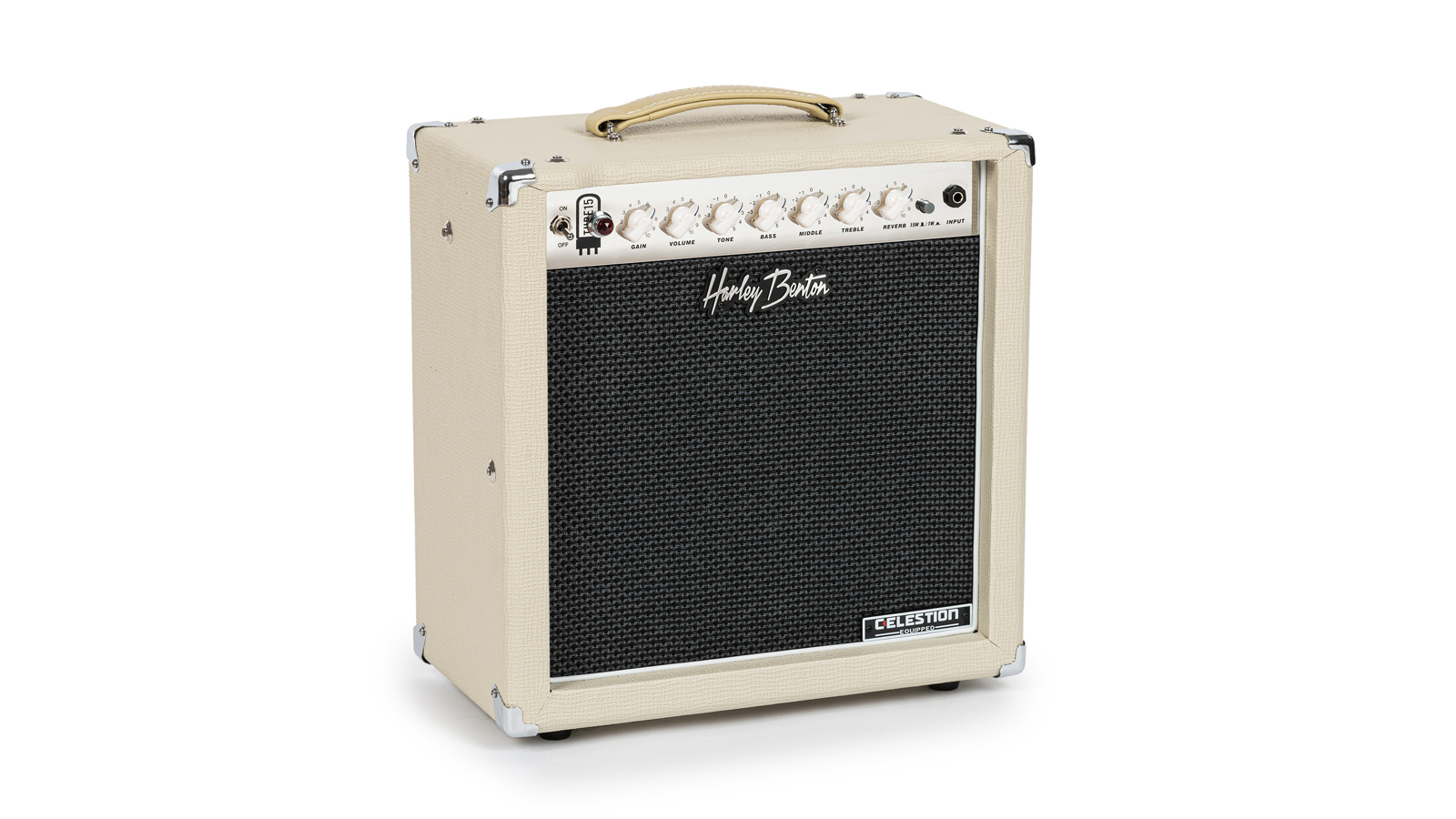
9. Harley Benton TUBE15 Celestion
Our expert review:
Specifications
Reasons to buy
Reasons to avoid
Thomann’s own-brand Harley Benton is absolutely flying at the moment. It’s been making guitar amps, speaker cabinets and electric guitars and basses for a while now - always improving, evolving, and somehow producing exceptional work at very low prices. The TUBE15 Celestion is no exception to that rule, and for the price of a fancy pedal or a cheap solid state amp, you could get yourself an all-tube practice rig that’ll even see you through some gigs.
The TUBE15 Celestion is, as you’d expect, a 15 watt all-tube combo amp with a Celestion speaker - something incredible in itself, as Celestions are some of the most expensive guitar speakers around - and as a result, the tones achievable from this amp honestly surprised us. It’s a simple amp with a straightforward control layout - consisting of Volume, Gain, Tone, a 3-Band EQ and a Reverb control - which means that this amp is highly usable, with an impressive amount of control to be had over the tones that come out. Although only a single channel amp, we’ve no real worries about the amp’s versatility - as there’s some power switching capability to help you bring out those gain and drive tones at a more modest 1 watt than the full 15.
Compared to many of the other tube amps on the market, the TUBE15 Celestion is pretty light - making it ideal to be carted around from jam sessions, to practise and then to gigs. It’s compact, too - although still equipped with a 12” speaker. If you’re someone who uses pedals to get most of their tone, this amp - with its onboard FX loop - is something you’ll want to consider too. 15 watts, especially from a tube amp, is pretty loud - and you’ll get enough clean headroom out of this amp to cover your back in most practice and small gig scenarios. Granted, it’s not the prettiest looking amp in the world, and the plastic feels like it might break at any moment, but for this money? We’re okay with that.

10. Orange Tremlord
Our expert review:
Specifications
Reasons to buy
Reasons to avoid
The Orange Tremlord is a slight departure from what Orange is best known for. You probably know them as the company which makes fuzzed-up, distortion-friendly amps which need to be played at high volumes to be appreciated - and while you’re not exactly wrong, Orange has shown us here that they can play the sophisticated game too every once in a while.
In the Tremlord, Orange has created what we think to be one of the very best tube pedal platform amps on the market. On the control panel you're greeted with a simple setup, with basic volume and EQ controls amongst some onboard tremolo and reverb. Orange's headroom/bedroom switching, as well as giving us a little chuckle, delivers some really usable tones at near enough all volumes, and as this amp is all about clean tones, you can bet that it's got a thoroughly loud 30 watts of power.
As you'd expect, there's an FX loop to handle all of your complex, time-based effects, and footswitch outputs for your in-house tremolo, tremolo speed and reverb. These lofty levels of sophisticated control and tweakability do stray from the utterly mental amps that we always associate with Orange, but that's not a negative. For those who love using pedals and want a killer clean amp without going for one of the obvious choices, there's nothing better. Orange's 'pix only' approach on the Tremlord's control knobs - as well as some of their other amps - confuses us no end, and as such we'll be writing down what each control does on our one. Is it too hard to use words?
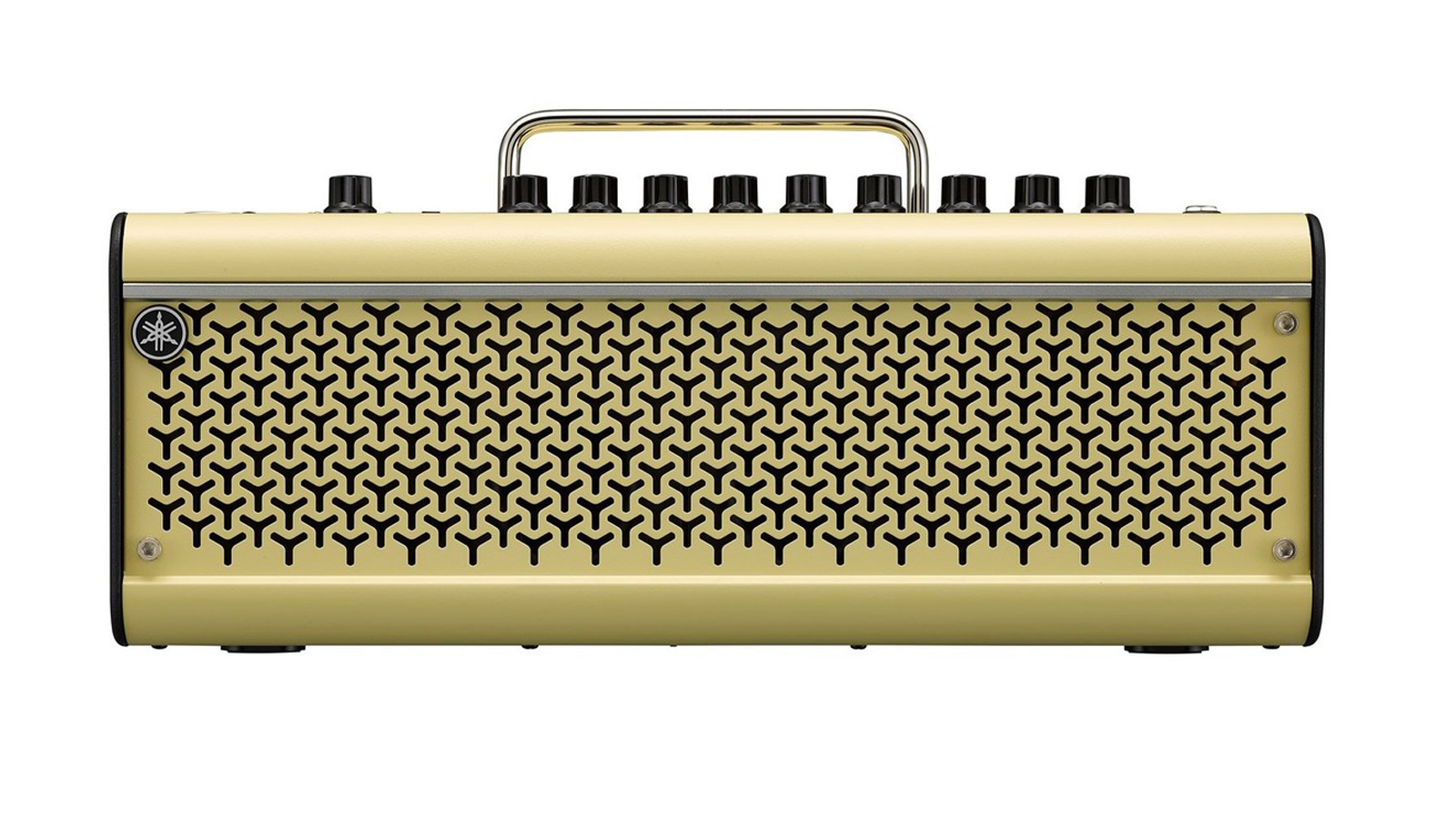
Specifications
Reasons to buy
Reasons to avoid
The THR series from Yamaha is killer, and only keeps improving. We’ve now got more impressive THR models on the market than ever before, and with the signature Yamaha build quality and sound quality, we’d argue that the THR series has never felt or sounded better than it does now. Yamaha was one of the first to go for the ‘desktop amp’ thing, and successfully made the THR range feel as much like a home audio speaker as it does a guitar amp. It helps that the THR30IIW can also double up as a speaker for use at home or out-and-about - but that’s not why it’s one of the best combo amps around.
If you’re into combo amps for the portability, then the THR30IIW surely has to be your go-to. Amps don’t really get much more portable - and running off either a rechargeable battery or a 15V DC power supply, you can really take this amp anywhere. The world really is your oyster with the THR30IIW, whether you want to explore the onboard guitar tones or just stream some bangers.
The THR30IIW is not only a great combo amp for practice, but also performs well in a home-recording setup. This is due to the masses of onboard effects, headphone and USB outputs - and the amp will even mic up relatively well. There’s two 3.5” speakers onboard which between them can do an awful lot - something which we’re plainly fascinated by. It is very small, and sadly won’t handle rehearsals or gigs, but for home use, this amp is hard to beat.
Read the full Yamaha THR30II review
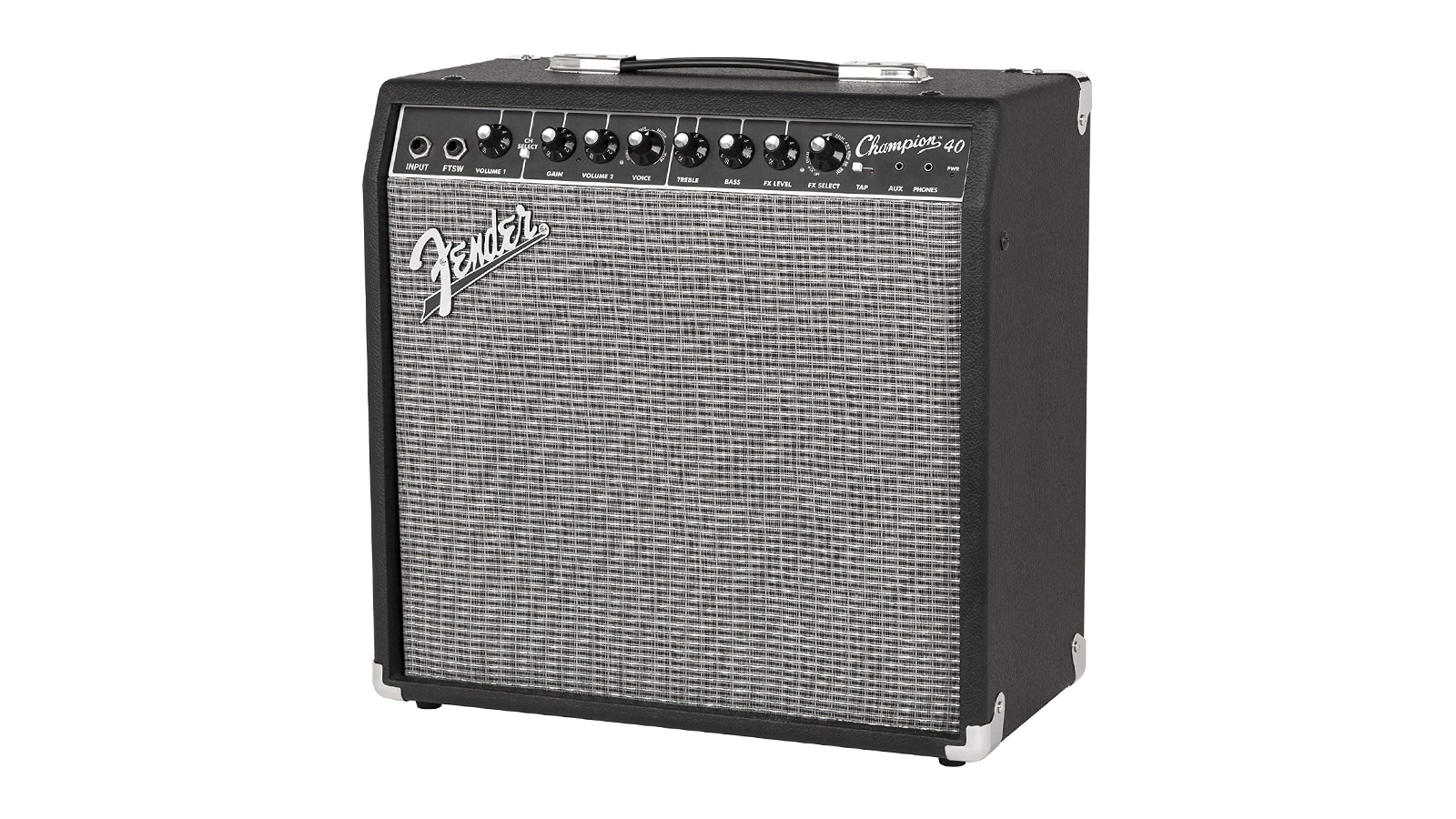
12. Fender Champion 40
Our expert review:
Specifications
Reasons to buy
Reasons to avoid
Fender amps are some of the most inspiring and best sounding amps ever built, in our opinion. Something magical happened throughout the mid-to-late ‘60s in that Fender factory, and now we spend huge amounts of time - and even greater amounts of money - to chase that sound. For those who can’t afford to drop four digits on handwired this and all-tube that - you might think that there’s nothing on the market for you. You’d be wrong.
The Fender Champion 40 is, at its heart, a budget-friendly solid state amp. Channeling the classic ‘blackface’ looks of the mid ‘60s, it certainly looks the part, and honestly, it doesn’t sound half bad either. There’s two channels on offer with the Champion 40 - clean and dirty - and with a ‘voice’ dial giving you the options of tapping into either a Tweed, Blackface, British or Metal amp sound, we feel that the versatility on offer from this amp is one of its biggest selling points - especially for young guitarists. Of course, these tones might sound a little different to the all-tube equivalent, but this little solid state trooper does get most of the way there - and that’s not to be overlooked.
There’s also a raft of effects onboard. Reverb, chorus, flanger, delay, wah, vibrato and tremolo are all accessible through the rotary switch on the right hand side of the control panel, and with an FX level dial as well as a tap tempo button to keep everything in check, you can experiment happily with some quality effects sounds, without needing to spend an extra penny. Granted, solid state amps never have quite the same ‘personality’ as their tube-powered counterparts, but they do tend to be more reliable. For the money, we really can’t complain.
Best combo amps: Buying advice

What is a combo amp, and why do I need one?
MusicRadar's got your back
A combo amp is an amp in which all of the circuitry, speaker(s), tubes and digital processors are all in the same enclosure. It’s an all-in-one amplifier, for those who want to take their full rig with them everywhere they go.
Combo amps help you get truly consistent tones night after night without needing to carry around a separate head and cab - and it’s this which we love wholeheartedly. Like we said, there’s nothing more scary than turning up to a venue to find the cab you’re using has been abused within an inch of its life.
Does size matter?
Although we all like to convince ourselves otherwise, when it comes to combo amps, size does matter. The size of the speaker, and the size of the enclosure it’s in, make a considerable impact on your tone, so size is something you’ll need to consider deeply when buying a combo amp.
Simply put, the smaller an amp is, the smaller it will sound - and vice versa. Take an amp with a small 8” or 10” speaker. They’ll naturally have less bass response than their larger counterparts, which means they might not sound as thick or full as something larger. Smaller speakers tend to have a lower power rating too, so they may struggle to keep up when the volume is cranked.
The vast majority of the amps in this guide have at least one 12” speaker - and this size is considered to be optimal for most guitar amp manufacturers. This is because, while it’s big enough to produce a considerable amount of bass and low-end, it’s still able to provide lots of high-end clarity and brightness. Get an amp with two 12” speakers, such as the Vox AC-30 C2, and your tones will sound huge. Your back will hurt more though, as a result - so the compromise of a 1x 12” combo seems to be the most common and well-loved configuration.
How many channels do I need?
This depends on your answer to the age-old question of ‘what do I want to play?’ If you care mostly about getting an incredible clean tone from your amp, then a single channel combo amp will do you just fine. If you want crushing gain, a single channel amp will also do just fine - you’ll just have to find a single channel amp that’ll do what you need it to.
If you’re not a pedal user and you want a smattering of varied tones from your amp, then a dual- or multi-channel amp is what you need. Amps such as the PRS Archon take care of this in a high-end setting, while amps like the Line 6 Catalyst, Boss Katana, Blackstar HT5R MKII and even the basic Fender Champion 40 offer multiple channels in a more budget setting.
If you’re a pedal user, then the amount of channels you have doesn’t really matter. As long as you’ve got a ‘pedal platform’ amp - one which has enough clean headroom to let your pedals do the work - then honestly, you’re sorted. Two channels might be useful if you don’t use many gain pedals or you want to stack your drive sounds, but on the whole, a loud, powerful tube amp will do everything you may need it to. It’s not just tube amps though. The very large majority of solid state or digital modelling amps will play nicely with your pedals - you just need to make sure that you’ve got the headroom and wattage to back it up.
When using lots of pedals, having an FX loop is another important factor to consider too. If you stick ten pedals in front of an amp - reverb, delay, tremolo and all - your tone will quickly become muddy, messy, hard to control and generally unpleasant - so make sure you put all of your time-based effects into your FX loop. This will essentially segregate your pedals, so they’ll only be effecting your tone after the preamp section - keeping your overall tone nice and clear-sounding.
How much should I spend on a combo amp?
Combo amps are largely considered to be a great value alternative to a head and cab, thanks to the all-in-one design. Having everything you need in one box stems the need to buy extras; big cabs, posh speaker cables etc. As a result, there's no real need to break the bank to get a great combo.
Of course, like any guitar gear, some combo amps can cost thousands - and most of the time, you get what you pay for - but budget-friendly gear has improved so vastly in recent times, meaning that you can get your hands on a killer combo amp for well under four digits.
Under $/£500, you can expect to choose from a pretty vast range of digital and solid-state combo amps. There are some great tube amps in this price range too - such as the Harley Benton TUBE15 Celestion and Blackstar HT-5R MKII - but they'll be pretty simple, low-wattage affairs, more suitable for home practice than any gigging environments.
Between $/£500 and $/£1,000, we'd have always referred to this area as the 'intermediate' price bracket. While that is still the case in some respects, there are some amplifiers - the Fender Tone Master Deluxe Reverb, for example - that offer pro sound and features for less. This price bracket is packed with great options for tube fanatics too - with the Marshall Origin 50C and Vox AC-30 C2 coming in well under a grand. Like we said, most of these amps will see you through into your pro career and do you well - but some of them might lack the extra refinements and features that more high-end amps possess.
Anywhere upwards of a grand, we'd say you're in 'professional' territory. You can expect to find some of the very best digital, solid-state and all-tube amps in this category. Getting into four digits, tube amps are likely to be the most popular option - and you can go one of two ways from here, in our opinion. You can either buy an ultra-versatile, does-a-bit-of-everything amp like the PRS Archon, or go deep into the niche with something like the Morgan MVP23. Either way, you'll be buying a killer piece of gear - it just depends on which path you want to take.
Read more about how we test music making gear and services at MusicRadar.
Related buying guides
- Want to spend less? These are the best budget guitar amps under $500/£500
- Free up some more budget and look at the best guitar amps under $/£1,000
- Get the best guitar effects pedals to go with your new combo amp
- Starting out? These are the best guitar pedals for beginners
- Go digital with the best amp modellers
- Or go portable with the best small guitar amps
Want all the hottest music and gear news, reviews, deals, features and more, direct to your inbox? Sign up here.
James is a freelance writer and former Junior Deals Writer at MusicRadar. Before writing, James worked as a guitar salesman at a local music store, so he knows a thing or two about matching people with their perfect instruments. James also has experience working in other areas of the music trade, having worked for the online music distributor, RouteNote. James is a guitarist, bassist and drummer and has also toured the UK and Europe with his old band Hypophora.
